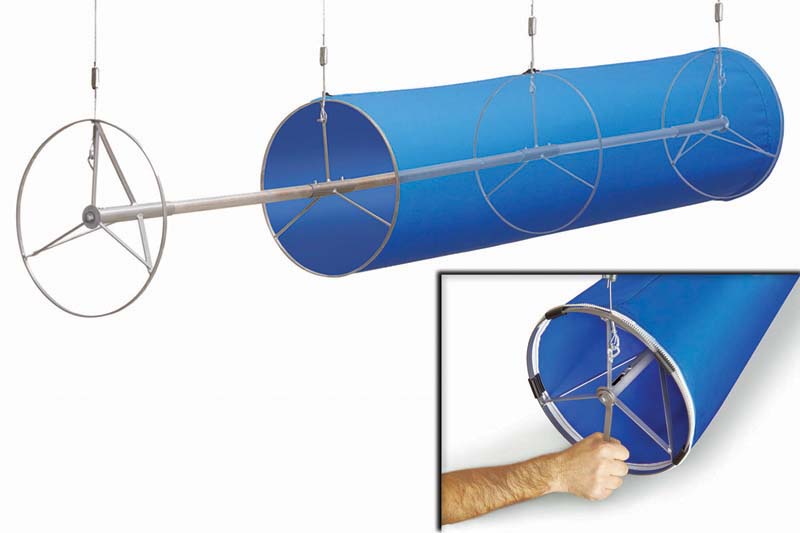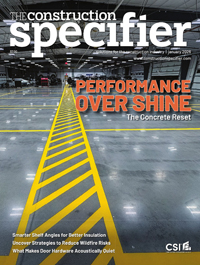New fabric duct innovations solve air distribution challenges

Improving data center efficiency and efficacy
Myriad air-distribution strategies have evolved simultaneously with the data center industry’s development in order to get air-conditioning to electronics racks. Early trends flooded electronics rooms with as much cooling as possible to ensure
it would eventually infiltrate the racks to prevent equipment overheating. More recently, greater attention is paid to air distribution efficiency and efficacy than refrigeration tonnage, because of ongoing concerns for greater energy conservation and operational costs reduction.
Just a one-degree set-point temperature reduction could result in thousands of dollars of annual energy savings even for a small-sized data center room. The challenge is to lower discharge temperatures via reductions in HVAC refrigeration circuits and fan energy, but still maintain the same equipment cooling through better air distribution.
The following paragraphs outline common methods of air distribution in data centers.
Freestanding units
Computer room air-conditioner (CRAC) units are typically upflow units that are evenly spread around the perimeter of the space to distribute air throughout the room. This type of application was more common in legacy locations that were more concerned with maintaining tight environmental conditions than energy efficiency.
Rectangular or spiral round metal duct
A central rooftop air-handling unit (RTU) or air-handling unit (AHU) positioned outside the data room itself supplies rectangular or spiral metal duct in the data hall. Traditional metal ductwork disperses air from registers positioned 1.5 to 3 m (5 to 10 ft) apart. Like conventional HVAC, these registers have manual adjustment capability for airflow volume, but have limited direction. As air dispersion ‘results’ became more critical, back-to-back registers were incorporated to eliminate hot and cold spots within the data hall, but at a significant cost.
Underfloor ventilation
The same underfloor space that distributes cabling can also be sized properly to distribute air supplied from downflow CRAC units. While underfloor offers a clean, aesthetic appearance to a data center, it can be challenging to provide proper airflow—especially after newer equipment with larger cooling loads replaces older equipment. If floor tiles are moved to aid in cooling the new equipment, it can create issues elsewhere in the cold aisle where other equipment is being starved of required airflow. Thus, some data centers with underfloor ventilation supplement it with overhead duct systems and/or additional HVAC systems, which carry additional capital as well as operational costs.

Conventional fabric air dispersion
In an effort to reduce high velocities inherent in metal duct/register systems, data center designers began looking into fabric air dispersion for air distribution. Developed more than 40 years ago, such systems were not designed specifically for data centers, but rather for applications such as food processing, indoor pools, retail stores, and office buildings. They resemble round spiral metal duct
in appearance, except their construction is fabric offered in either nonporous or porous options.
Porous models are ideal for data centers because of the low air velocities that result when air passes through the fabric. The porosity can be combined with linear vents, which are laser-cut holes, typically less than 25 mm (1 in.) in diameter and factory engineered in any configuration. In most cases, the linear vent pattern spans the length of the duct. These systems provide the required airflow into the cold aisle with velocities ranging between 152 and 244 m/minute (500 and 800 fpm)—an air dispersion improvement over metal duct systems.






